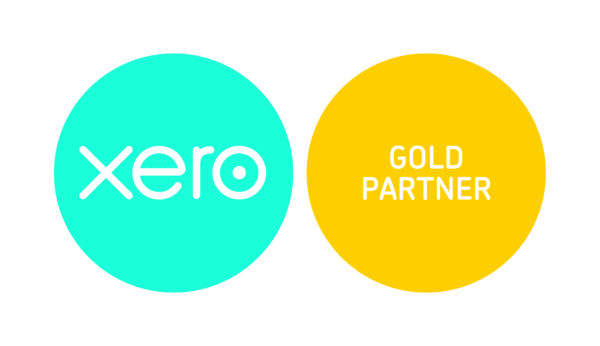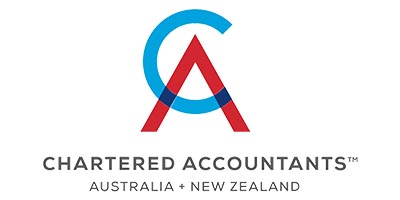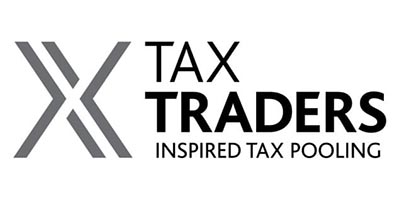In the current environment, businesses are looking for ways to minimize all costs including taxes. The government has introduced a temporary loss carry back scheme. However, some businesses may not be able to take advantage of this due to their inability to meet the criteria. In this blog we will explore other ways in which companies can transfer losses between themselves to lower or zero their income tax liability.
Loss offset and Subvention payments are two ways in which a profit making company can reduce its taxable income by using losses of a loss making company.
Loss Offset
A loss making company can transfer its losses to a profit making company within the same group if it meets the shareholder continuity and commonality rules listed below.
Subvention Payments
Another method of transferring losses to a profit company is for the profit company to make a subvention payment to the loss making company. A subvention payment made to the loss making company is offset against the profit making company’s net income and it reduces the loss making company’s net losses by the same amount.
The below criteria must be satisfied before the losses can be transferred from one company to the other.
- The loss making company must either be incorporated in New Zealand or carrying on business in New Zealand through a fixed establishment and must not be treated as a non-resident because of a double tax agreement.
- The loss company must maintain 49% shareholder continuity from when the loss was incurred till when it is transferred to the profit company.
- Both companies must have at least 66% shareholder commonality during the period in which the losses were incurred till when it was transferred to the profit company.
- The loss transferred to the profit company is no greater than the profit companies net income
If shareholding changes during the year, the company can still offset losses for the part year by preparing accounts for that part of the year and filing an IR4 for up to the period of the shareholding change.







